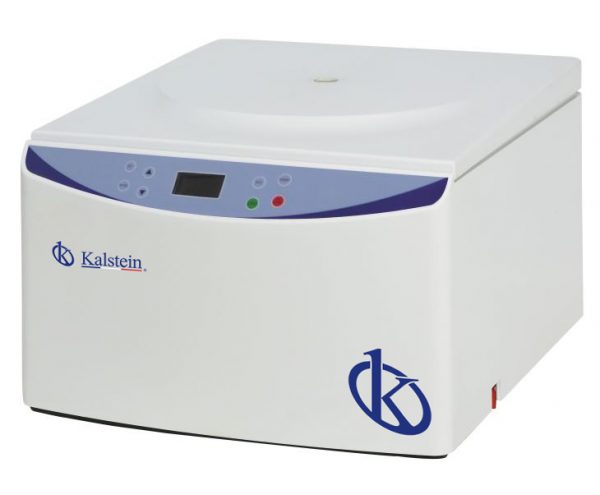Cytocentrifuges have revolutionized the field of clinical pathology in recent years due to the more precise and accurate results they can provide. This technology has become an indispensable tool for routine sample identification and for obtaining information on cell shape and structure. This information is useful in the diagnosis and treatment of numerous infectious and inflammatory diseases.
At Kalstein we are MANUFACTURERS of laboratory equipment of the highest quality and with the best technology at unbeatable prices. That is why we put at your disposal new cytocentrifuges HERE, at the best PRICES in the market; we offer you all the specifications, technical data sheets, advice and the variety of centrifuges that you need, we assure you, through our online purchase channels.
Main applications of cytocentrifuges
Cytocentrifuges are mainly used for the diagnosis and treatment of diseases, especially infectious diseases, autoimmune diseases and allergies. This technology is also used for the identification of abnormal cells, as well as to detect cancer cells and to perform karyotyping studies. In recent years, clinical laboratories have experienced a significant increase in the use of cytocentrifuges for the accurate determination of the ratio of white blood cells to erythrocytes. This technology has enabled faster and more accurate identification of abnormal cells.
Cytocentrifuges are also commonly used in the preparation of foetus for karyotyping studies. This technology can provide efficient testing in a much shorter period of time compared to other procedures. Certain cytocentrifuges are used for the determination of blood grouping, Rh factor, and accurate measurements of the amount of hemoglobin in cerebrospinal fluid. This technology is also used for the determination of the protein/glucose ratio in amniotic fluids, which is also used to detect developmental problems.
The validity of advanced cytometric tools
One of the main benefits provided by cytocentrifuges is that they offer the convenience of providing fast and accurate results without the need to examine samples under a microscope. This means that there is no need to resort to invasive and/or implausible procedures, such as darkfield microscopy and fluorescence microscopy, to obtain good image quality. In addition, technological advances in recent years have enabled the use of improved fluorescence cytometry, which provides high-resolution digital images and superior reproducibility.
In conclusion, cytocentrifuges have transformed clinical pathology by providing more precise and accurate results without the need for invasive procedures. These tools are commonly used for the diagnosis and treatment of infectious diseases, autoimmune diseases and allergies, as well as to detect abnormal cells. The combination of improved fluorescence cytometry techniques and cytocentrifuges has made pathology laboratories more efficient and provided more accurate results. This combination of technologies has significantly improved the reliability and accuracy of clinical laboratory results.

